42HS60-1206 NEMA17 6.5 kg-cm Stepper Motor D-Type Shaft
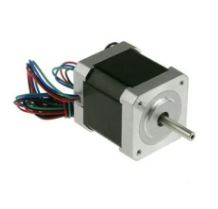
Order Code: 2223800.15
Category: General Lab Equipment I
Tep Angle ( ° ): 1.8 Motor Length (L)mm: 60 Current/Phase A: 1.2 No Of Leads: No. 6 Shaft Type: Single D-Type The Stepper Motors Move In Precisely Repeatable Steps, Hence They Are The Motors Of Choice For The Machines Requiring Preci...
SPECIFICATION
- Tep Angle ( ° ): 1.8
- Motor Length (L)mm: 60
- Current/Phase A: 1.2
- No Of Leads: No. 6
- Shaft Type: Single D-Type
- The Stepper Motors Move In Precisely Repeatable Steps, Hence They Are The Motors Of Choice For The Machines Requiring Precise Position Control. The Nema17 0.65n-M Stepper Motor Can Provide 0.65n-M Of Torque At 1.68a Current Per Phase.
- The Motor’s Position Can Be Commanded To Move Or Hold In One Position With The Help Of Stepper Motor Drivers. The Nema17 0.65n-M Stepper Motor Provides Excellent Response To Starting, Stopping, And Reversing Pulses From The Stepper Motor Driver.
- They Are Very Useful In Various Applications, Especially Which Demands Low Speed With High Precision. Many Machines Such As 3D Printers, Cnc Router And Mills, Camera Platforms, Xyz Plotters, Etc.
- It Is A Brushless Dc Motor, So The Life Of This Motor Is Dependent Upon The Life Of The Bearings. The Position Control Is Achieved By A Simple Open Loop Control Mechanism So It Doesn’t Require Complex Electronic Control Circuitry.
- The Motor’s Shaft Has Been Machined For Good Grip With A Pulley, Drive Gear, Etc. And Especially Avoiding Stall Or Slip.
- We Are Engaged In Supplying And Wholesaling A Quality Approved Collection Of Stepper Motors Which Are Highly Acknowledged And Accepted For Long Service Life And High Reliability. To Explore More Of Them Click Below Stepper Motors.
- The Input Pulse Decides The Rotation Angle Of The Motor.
- High Accuracy Of Around 3 To 5% A Step.
- It Provides Good Starting, Stopping, And Reversing.
- Control Of This Motor Is Less Costly Because Of The Exclusion Of Complex Control Circuitry.
- The Speed Is Proportional To The Frequency Of The Input Pulses.

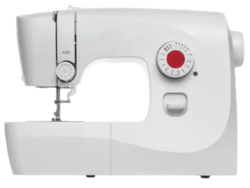
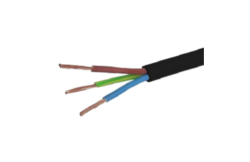
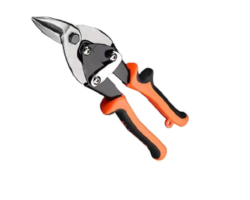
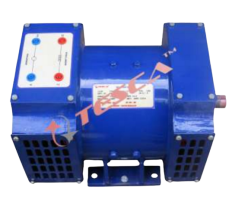
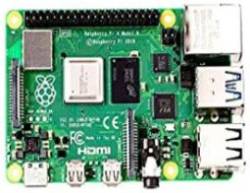
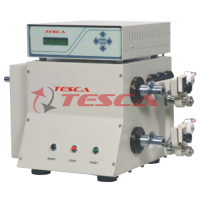
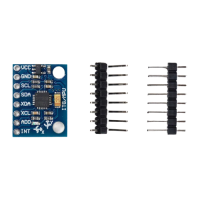

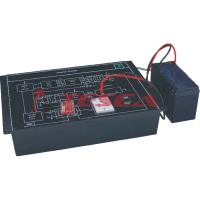

 91-9829132777
91-9829132777